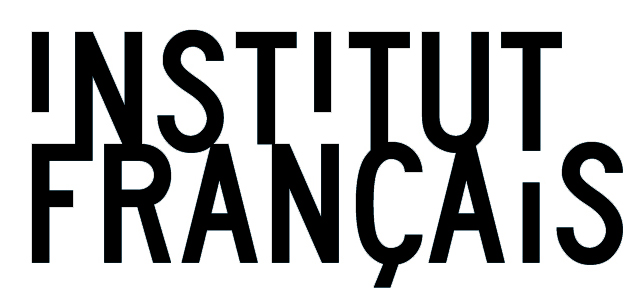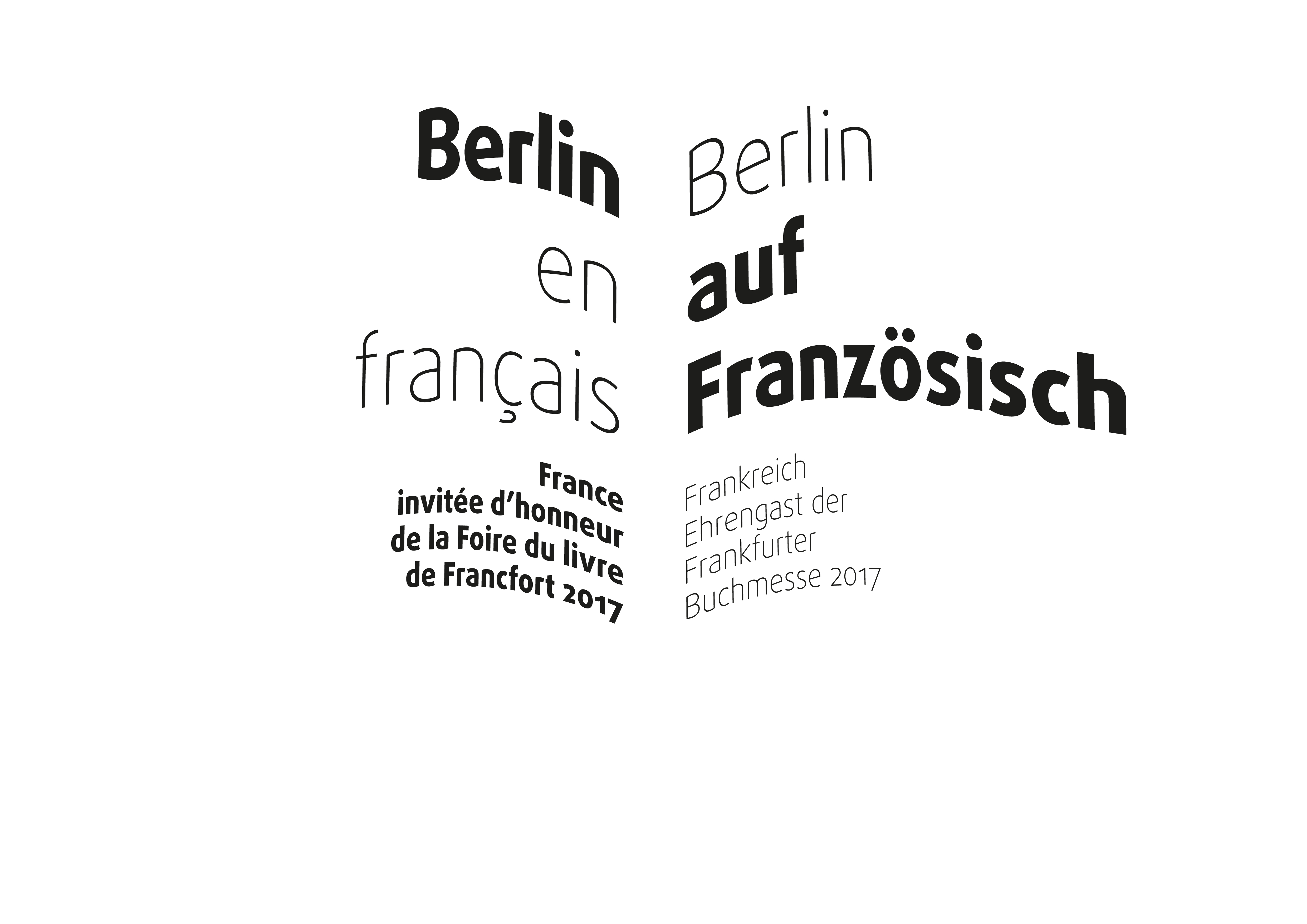10 March–7 May 2017
Opening:
9 March 2017
Artists
Carlos Amorales, Anca Benera & Arnold Estefan, Patrick Bernier & Olive Martin, Monika Drożyńska, Debora Hirsch & iaia filiberti, Ivan Jurica, Grzegorz Królikiewicz, Bruno Latour, franck leibovici & Julien Seroussi, Rupali Patil, Oliver Ressler, Alicja Rogalska
Project group
Anna Bromley, Kaja Gliwa, Agnieszka Kilian, Alicja Rogalska, Jaro Varga
The exhibition is proposing a different reading of the legal text, reading against the grain of pre-conceived structures in order to re-chart the system of our relations with ourselves and with various communities; both territorial communities as well as those constructed ad hoc, based not on blood or territorial ties, but on shared values and beliefs. The exhibition raises the question of how the law literally produces us: both as individuals and as citizens, establishing a framework of our presence in public space as well – its legality or illegality. It also questions the different meanings of a ‘civil body’, a ‘legal thing’, or a ‘legal slave’. How do legal rituals and narratives influence and shape our existence?
The law organises our reality in its entirety. It uses physical states and experiences (such as ‘poverty’ or ‘nature’) to create concrete concepts, endowing them with autonomous meanings. The law, as it was, distils fractions of reality to serve its purpose, and then assembles the elements, as if on a factory line, into a concrete picture, a parallel world. The legal text at once describes and produces reality, operating as an assembler of social relations. The ambivalent nature – of simultaneous description and production – offers an inducement to pose the question: What are the ways in which we can use the double nature of the law, regaining our agency, to re-describe and re-create the social order?
Narratives techniques assemble social existence according to values and beliefs of those who wield the power of naming (writing the legal text), but also, importantly, the power of executing. In ʺThe Making of Lawʺ (2010) Bruno Latour presents law as a fabric which is irreducible to an editorial unit; emerging from the law, but not limited to it: “Law does not reside in the law, but equally in the context of application which they have seen with their own eyes and with which they have sometimes violently collide.”
The exhibition takes up Latour’s intuition of locating law in everyday practice in an aim to present the law as a construction that is not abstracted from existential order
- one that is larger than ‘the letter of the law’, but inextricably related to its execution, practices, habits of reading and a choreography of navigating the text and legal interpretation
– law as justice and justice as law.
A publication compliments the exhibition. ISBN: 978-3-938515-66-2
Events:
Friday 10th March 2017, 18h
Performance “X. et Y. c/ France, Plaidoirie pour une jurisprudence” von Olive Martin und Patrick Bernier (fr/dt)
Venue: Landgericht Berlin, Littenstraße 12-17, 10179 Berlin
Saturday 11th March 2017
13-16h
Workshop with Monika Drozynska
“Stich Yourself“
16.30h
Artists talk franck leibovici and Julien Seroussi
“On the concept of muzungu work”
17.30h
Performative Talk by Prof. Mateusz Stepien
“On Malinowski, Property and Journey in the Search of Better Law.”
18.30h
Lecture and talk with Marina Gržinic
“Is there any Escape from Injustice? On Migration, Necropolitics, Civil Bodies and Legal Slaves”
Sunday 19th March 2017, 12h
Exhibition tour
Sunday 26th March 2017, 12h
Exhibition tour
Tuesday 11th April 2017, 18h
“Body as Evidence” Performative Talk by Avi Feldman
Friday 5th May 2017, 18.30h
Discussion with Kaja Puto and Sylwia Abram
Moderation: Agnieszka Kilian
Film screening: “Trough, Trough” (“Na wylot”), dir. Grzegorz Królikiewicz
Saturday 6th May 2017, 18h
Talk and Discussion with Kaja Puto and Sylwia Abram-Gregorczyk
Supported by



